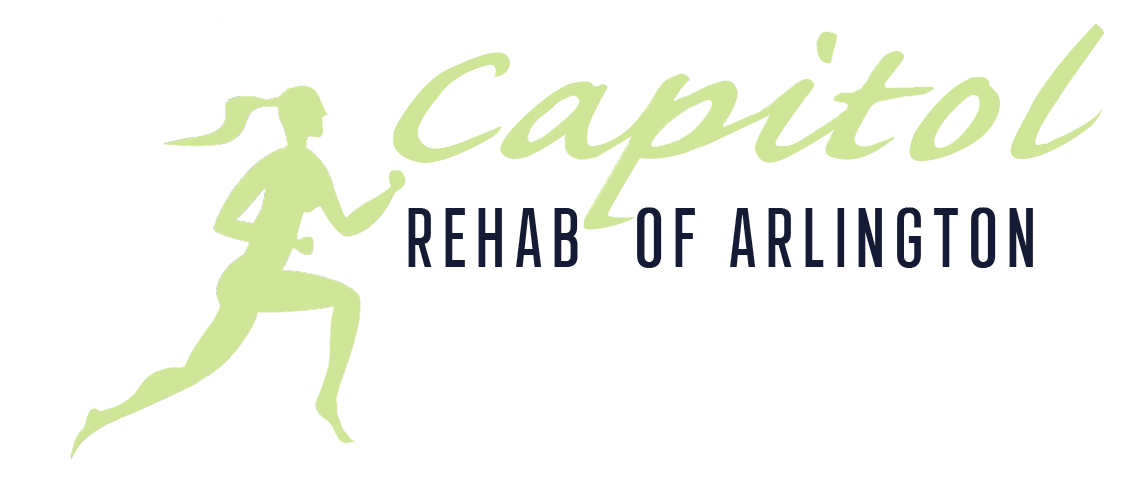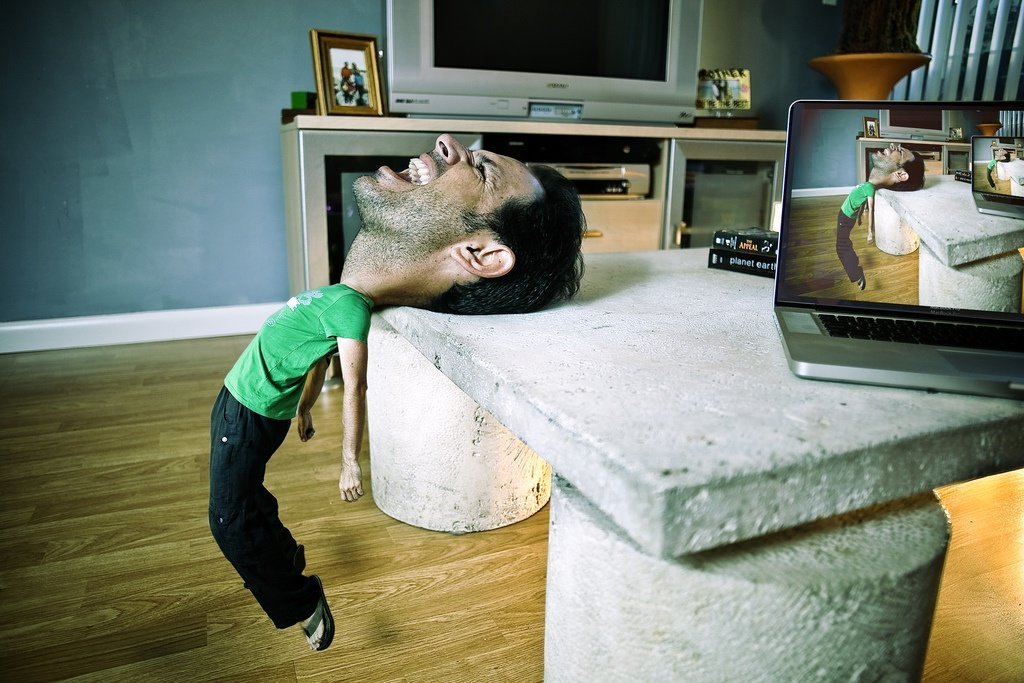NBC News finally reported what progressive doctors have known for a very long time: back pain responds to active not passive care.
“Around 80 percent of adults will experience lower back pain — the most common cause of job-related injury. New recommendations say patients should first attempt to treat pain with non-drug therapies,” reads the lead to the NBC story.
I’m trying to make certain it’s 2017 because I feel like I’ve been saying this since 1996. Oh wait, we at Capitol Rehab of Arlington have been saying this since 1996. Well, it’s better late than never that the news finally got out.
The American College of Physicians acknowledged in new guidelines released this week that its science has finally caught up with what chiropractic science has known for decades. It reluctantly admitted that the drug-treatment approach to lower back pain is not — and has never been — the most effective solution to back pain.
The reason drugs don’t solve the pain associated with lower back pain is that the pain originates from mechanical dysfunction, not chemical dysfunction. Medications are designed to address chemical irritation, for example, inflammation, but the cause of back inflammation is always a mechanical dysfunction.
The causes of mechanical dysfunction are an interruption in the joint, muscle, or nerve. A joint can be misaligned, and a chiropractor would adjust the joint to create proper movement. A muscle may be tight or weak, and a physical therapist or sometimes a personal trainer or yoga instructor, can help correct the imbalance. A nerve is compromised by a joint, muscle or disc.
Regardless of the issue, the mechanical complaint must be addressed first in order to properly correct the problem. The treatment is physical rehabilitation.
We will see a significant reduction in the incidence of lower back pain as more people adhere to a more active lifestyle and include the work of a chiropractor, a physical therapist, a massage therapist, and strength-training programs such as yoga and Pilates into their health and wellness routine.
In other words, there’s no better solution to back pain than to get moving.


